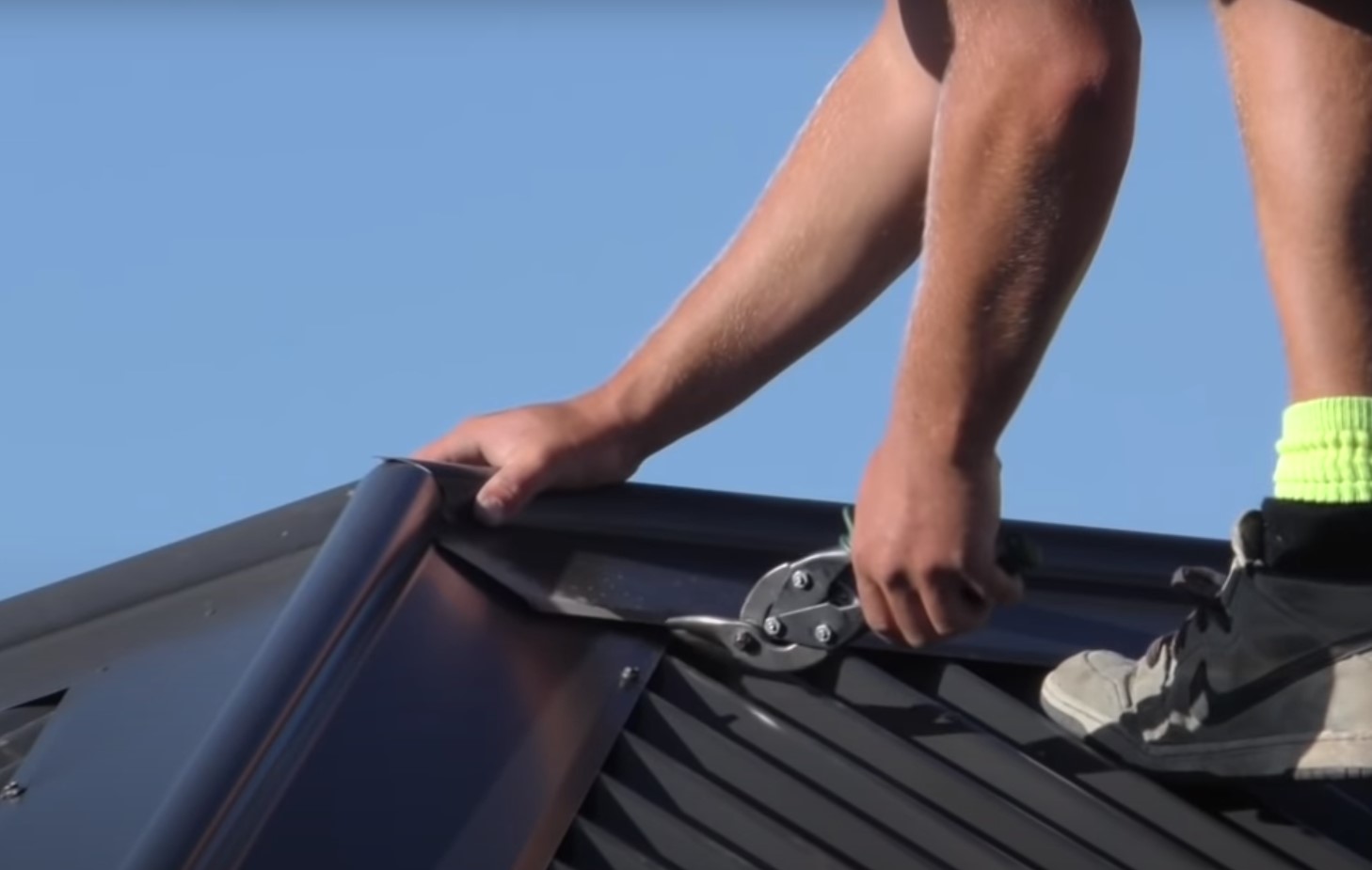Metal Roof Flashing & Cap Services

Expert Metal Roof Flashing & Cap Professionals
My Roofers Auckland offer flashing and caps services to residential and commercial projects no matter the job size.
Roof flashing helps close joints in walls or to keep water from seeping into the building’s structure. We ensure our work always redirects the flow of water and any debris that sink in from the roof or the surrounding roof features, such as vents, chimneys and skylights. Without flashing against these walls, water could drip into the crevices between the wall and roof, and potentially into the building with disastrous consequences.
At My Roofers Auckland, we make use of pre-painted custom-made flashings for all our projects. These come in different forms of steel, zinc, alumunium, stainless steel and copper with varying lengths and thickness depending on the customer’s needs.
If you have a new project and need to install a new skylight, you must also engage an expert to affix the flashings. Our team of roofing professionals can do both the skylight and roof flashing with fantastic results.
We have the capabilities and experience to ensure that your flashing is properly constructed and attached to direct water to where it needs to go. For maximum protection, flashings must be installed correctly to ensure that water is not entering the structure.
Call us now to request a quote today 0800 492010.
Different Types of Flashings for Different Areas
Different areas of the roof require specific types of flashings to provide optimal protection against water infiltration. Here’s a breakdown of common flashings and where they are typically used:
- Corner flashings: likely for sealing roof edges where two planes meet at an angle.
- Apron flashings: possibly used around chimneys or walls that protrude from the roof.
- Valley flashings: presumably for channeling water away from the V-shaped valleys where two roof sections meet.
- Drip edge flashings: most likely installed at the roof‘s edge to prevent water from dripping behind the fascia board (the board that covers the exposed ends of the rafters).
- Barge capping: probably used to seal the gable ends (triangular sections) of the roof.
- Skylight Flashing: While some skylights may include pre-made flashing, it’s common for roofing contractors to need to customize or install flashing separately to ensure a watertight seal for your specific roof.
Consider the intricate web of flashings diligently protecting your dwelling as you gaze upon your Colorbond or any metal roof. It transcends mere roof sheeting; every constituent, spanning from the most diminutive flashing to the expansive metal sheet, contributes significantly to preserving the safety and dryness of you and your family.
Flashings and Cappings: The Unsung Heroes of Effective Roofing
While roofing materials like shingles or tiles take center stage, the unsung heroes of a watertight roof are flashings and cappings. These thin strips of metal or other materials play a crucial role in preventing roof leaks and ensuring the longevity of your roof.
Here’s why flashings and cappings are vital for any roof plane:
-
Sealing the Weak Spots: Roofing materials aren’t perfect. Where the roof plane meets vertical surfaces like walls or chimneys, some gaps and transitions can be vulnerable to water intrusion. Flashing fills these gaps, creating a watertight barrier and preventing leaks.
-
Roof Leak Prevention: Even a minor roof leak can lead to major problems like mold growth, structural damage, and costly roof repairs. Flashings and cappings act as the first line of defense, directing water away from these vulnerable areas and towards the gutters.
-
Accommodating Complexity: Roofs come in a wide range of designs, with varying roof pitches and features like skylights or vents. Flashings can be customized to fit these complexities, ensuring effective waterproofing throughout the entire roof.
-
Material Compatibility: Flashings come in various materials like galvanized steel, copper, or rubberized asphalt, offering compatibility with different roofing materials. A qualified roofing contractor can recommend the best type of flashing for your specific roof.
-
Long-Term Savings: While proper flashing and capping installation might seem like an additional cost upfront, it saves you money in the long run. By preventing leaks and costly roof repairs, these elements ensure the overall health and longevity of your roof.
Remember, a well-designed and installed flashing system is essential for any effective roofing system. Don’t underestimate the importance of these seemingly simple components.
For a watertight and worry-free roof, please consult with My Roofers Auckland’s roofing contractor to ensure proper flashing and capping are incorporated into your roof design.
Call us now to request a quote today 0800 492010.
